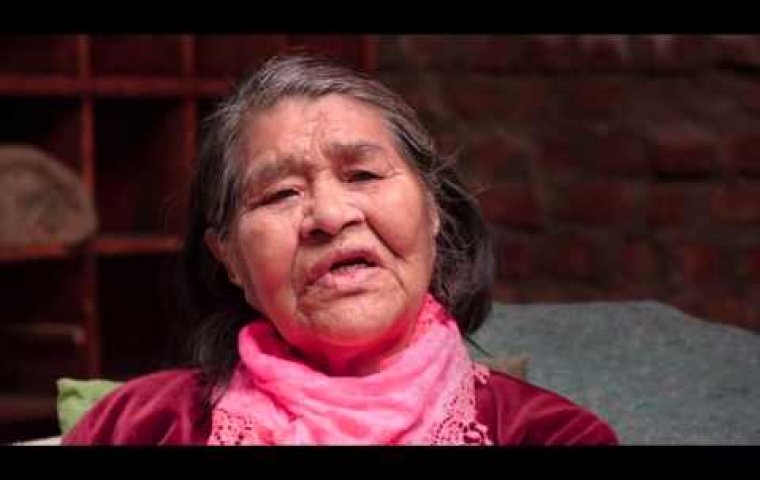The great Chilean filmmaker Patricio Guzmán (The Battle of Chile, Nostalgia for the Light) chronicles the history of the indigenous peoples of Chilean Patagonia, whose decimation by colonial conquest prefigured the brutality of the Pinochet regime.
The Pearl Button

Synopsis
The great Chilean filmmaker Patricio Guzmán (The Battle of Chile, Nostalgia for the Light) chronicles the history of the indigenous peoples of Chilean Patagonia, whose decimation by colonial conquest prefigured the brutality of the Pinochet regime. Ever since he captured the last days of Salvador Allende's democratically elected socialist government in his groundbreaking documentary The Battle of Chile, Chilean filmmaker Patricio Guzmán has established himself as the voice of those silenced and "disappeared" by the two-decade dictatorship of General Augusto Pinochet. With his new film, The Pearl Button, Guzmán turns to another people who have been muted by history: the indigenous peoples of Chilean Patagonia, whose decimation by colonial conquest prefigured the brutality of the Pinochet regime. At one time, the nomadic Kaweskar (or "Water People") paddled up and down the length of the immense Chilean coast, living in harmony with the ocean that was their life and their livelihood. Now, in the aftermath of the colonial era, there are very few survivors left to tell the story of this once-thriving people. Through interviews with some of the last remaining Kaweskar, Guzmán chronicles the terrible devastation wrought by this almost complete genocide. Not only denouncing his country's colonial past, Guzmán underlines how brutality is a recurring theme in human history, and wonders if there could ever be a reality where the Water People could exist without interference. Combining profound metaphysical speculation with an affecting, intimate approach, The Pearl Button asserts the importance of memory in a world very quick to forget.